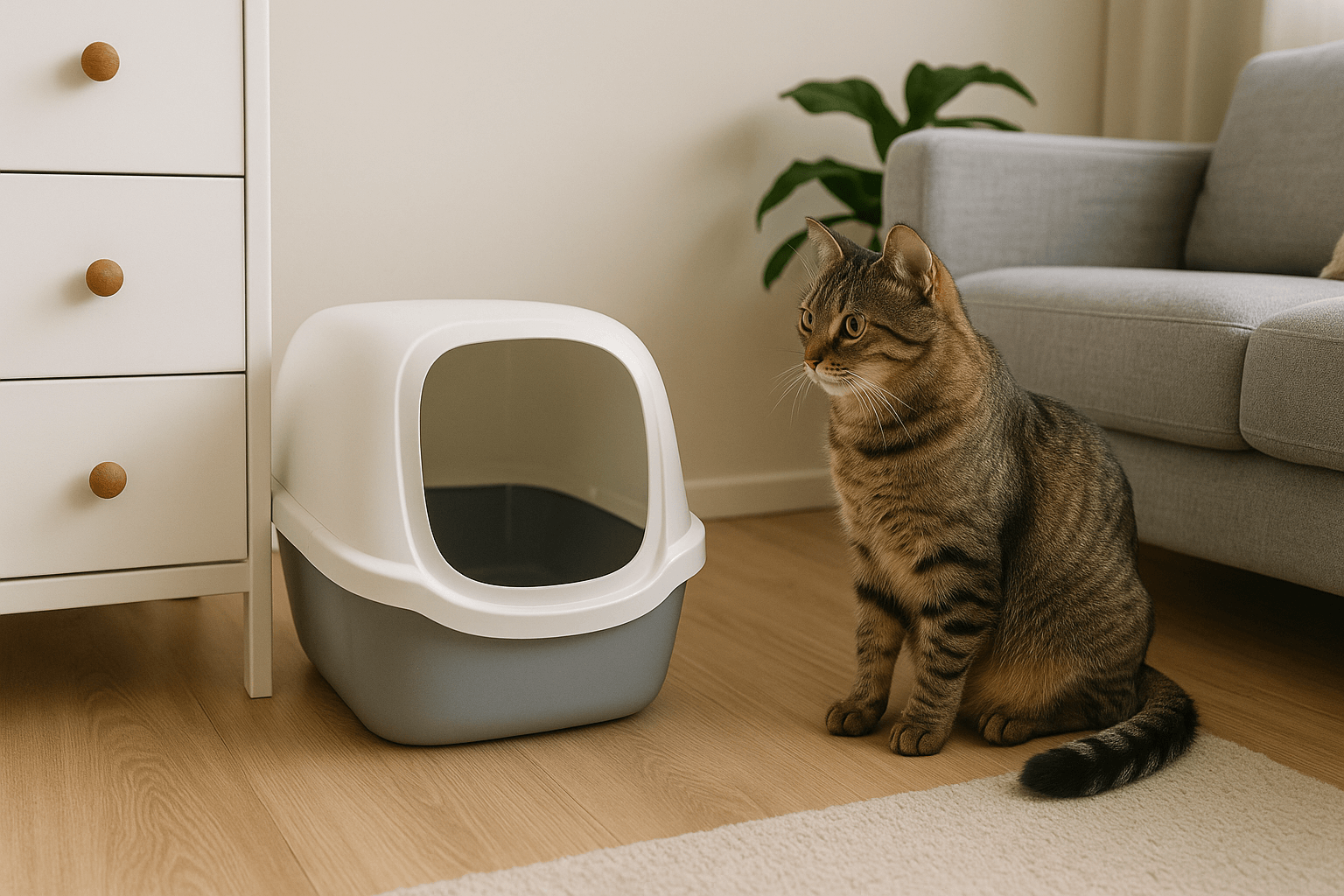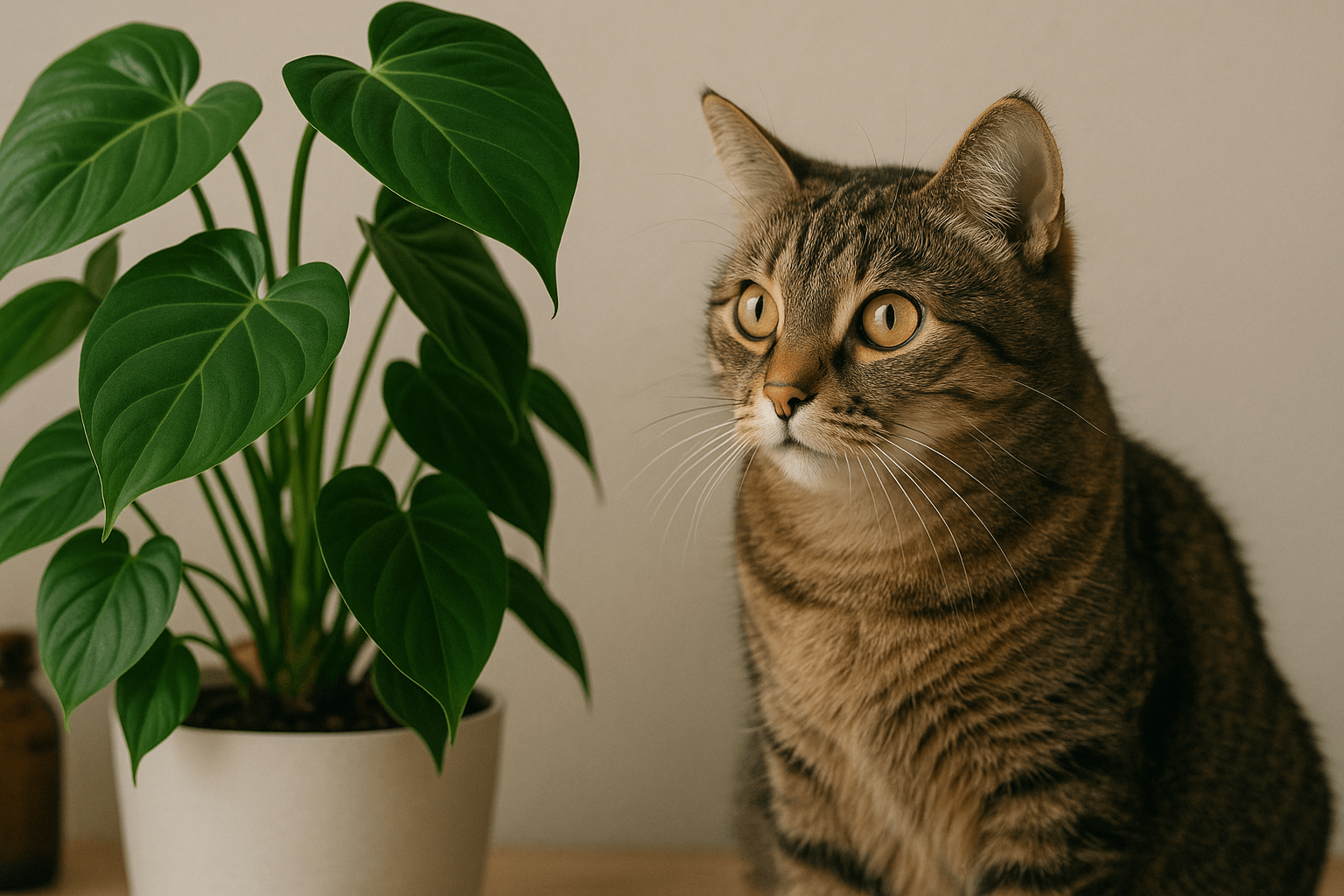Understanding Cat Vomiting Blood: Causes, Symptoms, and What to Do
Seeing your cat vomit blood is a deeply alarming experience for any pet owner. Known medically as “hematemesis,” this condition can range from mild to life-threatening, depending on the underlying cause. Cats are naturally stoic creatures, often hiding signs of illness until it becomes severe. When blood appears in their vomit, it’s a clear signal that something is wrong, and immediate attention is required. In this guide, we’ll explore the potential causes, symptoms to watch for, and steps you can take to help your feline friend. Understanding this issue is crucial for ensuring your cat receives timely care and treatment.
Common Causes of Cat Vomiting Blood
When a cat vomits blood, it can stem from a variety of health issues. Identifying the root cause is essential for proper treatment. Below are some common reasons why this might occur:
Gastrointestinal Issues
Conditions like ulcers, gastritis, or foreign body ingestion can irritate the stomach lining, leading to bleeding.Ingestion of Toxic Substances
Certain plants, chemicals, or medications can be toxic to cats, causing internal damage and bleeding.Parasites
Intestinal worms or other parasites can irritate the digestive tract, resulting in bloody vomit.Trauma or Injury
Accidents, falls, or fights with other animals may cause internal injuries that lead to hematemesis.Chronic Diseases
Conditions such as kidney failure, liver disease, or cancer can weaken your cat’s system, making them more prone to vomiting blood.
If your cat is vomiting blood, it’s important not to delay seeking veterinary advice. Each of these causes requires specific treatment, and only a professional can diagnose the issue accurately.
Symptoms to Watch For Alongside Vomiting Blood
While vomiting blood is a serious symptom on its own, it’s often accompanied by other signs that can provide additional clues about your cat’s condition. Recognizing these symptoms can help you act quickly and potentially save your cat’s life.
Lethargy and Weakness
If your cat seems unusually tired or uninterested in activities they once enjoyed, it could indicate an underlying health issue.Loss of Appetite
A sudden refusal to eat or drink is a red flag that something is wrong.Diarrhea or Bloody Stool
Digestive distress combined with vomiting blood may point to a gastrointestinal problem.Pale Gums
Pale or white gums can indicate anemia or significant blood loss.Abdominal Pain
Your cat may vocalize, hide, or react negatively when you touch their belly, signaling discomfort.
These symptoms, especially when combined with vomiting blood, should prompt an immediate visit to the vet. Early intervention can make all the difference in your cat’s recovery.
Check this guide 👉Why Is My Cat Throwing Up Undigested Food? Best 7 Tips!
Check this guide 👉Why Is My Cat Throwing Up Brown Liquid? Best 7 Health Tips!

Possible Causes of Vomiting Blood | Signs to Monitor |
|---|---|
Gastrointestinal ulcers | Lethargy and weakness |
Ingestion of toxic substances | Loss of appetite |
Parasitic infections | Diarrhea or bloody stool |
Trauma or physical injury | Pale gums |
Chronic diseases (e.g., kidney failure) | Abdominal pain or sensitivity |
Steps to Take if Your Cat Vomits Blood
If your cat vomits blood, staying calm and taking immediate action is critical. Here are the steps you should follow to ensure your cat gets the care they need:
Contact Your Veterinarian Immediately
Time is of the essence, so call your vet as soon as possible to describe the situation.Observe and Document Symptoms
Take note of any accompanying symptoms, such as lethargy or diarrhea, to provide your vet with a complete picture.Avoid Giving Medication Without Guidance
Never administer over-the-counter drugs unless explicitly instructed by your vet.Keep Your Cat Comfortable
Provide a quiet, safe space for your cat to rest while you arrange for veterinary care.Prepare for Diagnostic Tests
Be ready for your vet to recommend blood work, X-rays, or ultrasounds to pinpoint the cause.
Acting quickly and methodically can improve your cat’s chances of recovery. Remember, you’re their advocate, and your swift response matters.
Preventive Measures to Protect Your Cat’s Health
While it’s impossible to prevent every health issue, there are steps you can take to reduce the risk of conditions that might lead to vomiting blood. Prevention is always better than cure, especially when it comes to your cat’s well-being.
Regular Veterinary Check-Ups
Annual or biannual visits can help catch potential problems early.Safe Environment
Remove toxic plants, chemicals, and small objects that could harm your cat.Balanced Diet
Feed your cat high-quality food to support their overall health and immune system.Parasite Control
Use veterinarian-recommended treatments to prevent worms and fleas.Supervise Outdoor Activities
If your cat goes outside, monitor them to avoid accidents or fights with other animals.
Taking these preventive measures can significantly lower the risk of serious health issues. A proactive approach ensures your cat stays happy and healthy for years to come.
Additional Symptoms That May Accompany Vomiting Blood
When a cat vomits blood, it’s often accompanied by other symptoms that can provide valuable clues about their condition. Recognizing these signs early can help you seek timely veterinary care. Below are some additional symptoms to watch for:
Excessive Drooling
Drooling more than usual may indicate nausea or irritation in the mouth or throat.Difficulty Breathing
Labored or rapid breathing could suggest internal bleeding or respiratory distress.Frequent Hiding
Cats instinctively hide when they’re unwell, so increased hiding behavior is a red flag.Vocalization of Pain
Unusual meowing, growling, or crying may signal discomfort or pain.Swollen Abdomen
A distended belly could indicate fluid buildup or an internal issue requiring immediate attention.
If your cat exhibits any of these symptoms alongside vomiting blood, it’s crucial to act quickly. Early detection and treatment can significantly improve outcomes.
Potential Complications of Untreated Hematemesis
Ignoring or delaying treatment for a cat vomiting blood can lead to severe complications. Understanding these risks underscores the importance of seeking veterinary care promptly. Here are some potential complications:
Severe Anemia
Continuous blood loss can lead to anemia, causing weakness and organ dysfunction.Dehydration
Frequent vomiting may result in dehydration, which can worsen your cat’s condition.Organ Failure
Untreated underlying conditions like kidney or liver disease can progress to organ failure.Infection
Open wounds or ulcers in the digestive tract may become infected, leading to sepsis.Shock
Significant blood loss or trauma can cause shock, a life-threatening emergency.
These complications highlight why immediate veterinary intervention is essential. Addressing the issue early can prevent further damage and improve your cat’s prognosis.
Ways to Support Your Cat During Recovery
After your cat receives treatment for vomiting blood, supporting their recovery at home is vital. Providing a safe and nurturing environment can aid in their healing process. Here are some ways to help your cat during this time:
Provide a Quiet Space
Create a calm, stress-free area where your cat can rest without disturbances.Offer Small, Frequent Meals
Feed bland, easily digestible food in small portions to avoid irritating their stomach.Monitor Hydration
Ensure your cat has access to fresh water and encourage them to drink regularly.Administer Medications as Directed
Follow your vet’s instructions carefully when giving prescribed medications.Limit Physical Activity
Restrict strenuous play or exercise to allow their body time to heal.
By taking these steps, you can help your cat recover more comfortably and reduce the risk of setbacks. Remember, patience and care are key during this period.
Frequently Asked Questions About Cat Vomiting Blood
Is vomiting blood always a sign of a serious condition?
While it can sometimes result from minor issues, vomiting blood often indicates a serious underlying problem that requires veterinary attention.
Can I treat my cat at home if they vomit blood?
No, home treatment is not recommended. Always consult a veterinarian to determine the cause and appropriate treatment.
How quickly should I take my cat to the vet?
You should seek veterinary care immediately, especially if other symptoms like lethargy or pale gums are present.
What tests will the vet perform?
Common diagnostic tests include blood work, X-rays, ultrasounds, and fecal exams to identify the cause.
Can diet contribute to vomiting blood?
Yes, poor nutrition or sudden dietary changes can irritate the stomach lining and lead to vomiting blood.
Final Thoughts: Prioritizing Your Cat’s Health
Cats bring joy, companionship, and unconditional love into our lives, making their health a top priority. If your cat vomits blood, it’s a sign that something is seriously wrong, and prompt action is essential. By understanding the causes, recognizing the symptoms, and knowing how to respond, you can play a vital role in safeguarding your feline friend’s well-being. Remember, your vet is your best ally in navigating these challenging situations. With vigilance, care, and compassion, you can give your cat the best chance at a long, happy life.
Tabby Cat vs Tortoiseshell: Best 7 Expert Tips! Discover the differences in patterns, personalities, and care needs between tabby and tortoiseshell cats to find your perfect feline companion.
Understanding Trichomoniasis in Cats: Best 7 Expert Tips! Discover symptoms, treatment, and prevention strategies for this common feline parasite to keep your cat healthy and happy.
Where to Place a Cat Litter Box? Best 7 Expert Tips! Discover ideal spots, avoid common mistakes, and learn how to keep your cat happy with perfect litter box placement.
Are Philodendrons Toxic to Cats? Best 7 Expert Tips! Discover if philodendrons are safe for cats, symptoms of poisoning, and expert advice to keep your feline friend healthy around houseplants.





